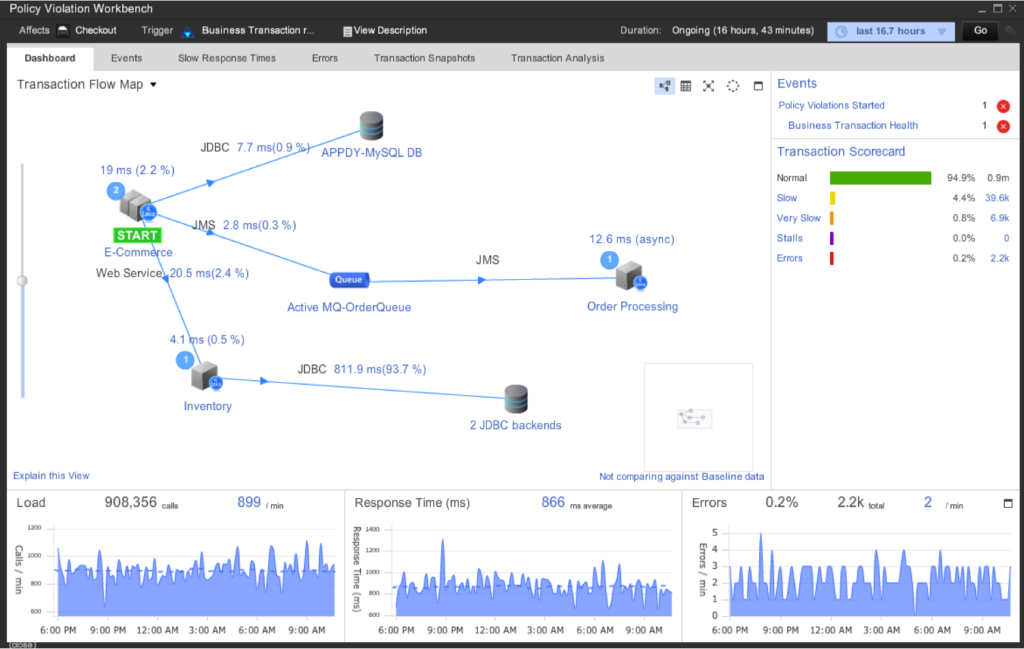

The Splunk transaction command doesn’t really compute any statistics but it does save all of the records in the transaction. The stats command just takes statistics and discards the actual events. Splunk Transaction vs Stats Commandīoth of these are used to aggregate events. Note that we aren’t doing any filtering in this example so it could take longer than it needs to to process. We pipe to this so that we can make sure that the transaction isn’t too short and therefore invalid. The duration field is added by the transaction command. The transaction will start with a record that includes the word “view” and end with a record that includes the word “purchase”. Here is an example I took directly out of the official Splunk documentation: sourcetype=access_logs* | transaction JSESSIONID clientip startswith="view" endswith="purchase" | where duration>0Įssentially, the transaction will be composed of all records with both the same session ID ( JSESSIONID ) and the same client IP (clientip) that fall beween a start and end value. Transactions can be created using the transaction command. Another example could be a known issue where out-of-memory events are correlated to database errors. Splunk transaction command examples Example 1: Transactions with the same TypeĮxample 2: Transaction command with maxeventĮxample 3: Calculate duration based on “startwith” and “endwith” of event.Īn example of a Splunk transaction might be someone making a purchase in an online store. All you need to do is feed the machine data to Splunk and it will automatically process and extract the valuable data from the system. Here comes Splunk to rescue by simplifying the machine data. But is it that easy to figure out the problem from the above data? There is a small possibility that you might figure out the problem only after spending hours understanding the data.

Now imagine you are trying to figure out the problem in your system and the only lead you have is the logs that are similar to the above image, what would you do? As running away is not an option here, you might try to figure out the above data. Let’s take an example to understand what Splunk does with the help of the following image: Now, explaining in layman’s language- Splunk can make machine data better, easier, and less complicated to understand.

Sounds strange right? But this is how Erik Swan the ETO and co-founder of Splunk has described it. If put in the simplest manner possible, Splunk is like the Google Search Engine for machine data. Transaction command allows Splunk users to locate events that match certain criteria. What do you understand about the default field? What do you know about Pivot and data models? Transaction commands: How do you differentiate them? Describe the difference between stats and eventstats commands? Explain the use of the top command in Splunk? Differentiate between stats and timechart command? How will you use the sort command to get ascending and descending order search? Can you list out the number of command categories in Splunk? Here is an example of a Splunk transaction:.What are the different elements of Splunk?.Example 3: Calculate duration based on “startwith” and “endwith” of event.Example 2: Transaction command with maxevent.Example 1: Transactions with the same Type.If you are one of those and want to start with basics, then here is the post for you. However, the constant demand and supply of Spunk professionals attracted young talent willing to build a future in this technology. As businesses started to realize the significance of machine data, the demand started to touch the sky. Splunk, which was invented back in 2003 to make sense of machine-generated data has not become a data-to-everything platform for modern-day businesses. Transactions usually include information such as the duration between events and the number of events. Splunk Transaction Command allows Splunk users to locate events that match certain criteria. Machine data indeed holds the power to transform the way businesses run across the world bringing more visibility and efficiency into the production processes. Splunk Transaction:Have you noticed the exceptional growth of big data in the current day market? Starting as a mere buzz, big data has reached the value of $27 billion in 2021 all thanks to the growing numbers of machines in IT structure and IoT devices.


 0 kommentar(er)
0 kommentar(er)
